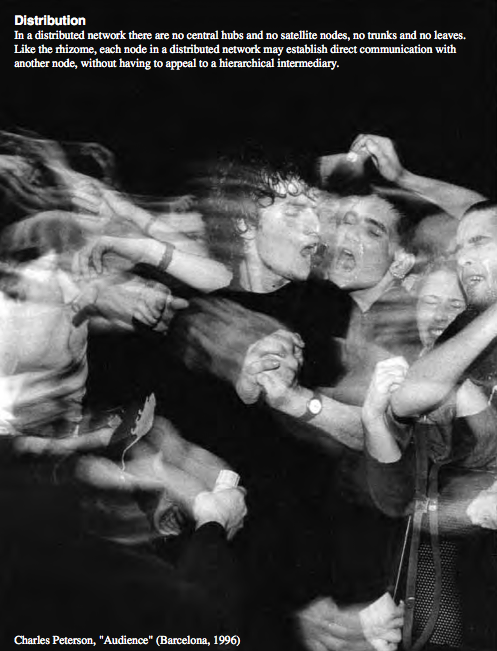Soar Korskow 06 reading Class Discussion + Generating Questions
Korsakow films rely on the maker to download the korsakow software from the web and then create film from the makers hard drive. The maker cannot embed online media into their film and must rely on video from their own hard drive. This is a big weakness for korsakow as a lot of videos made for the web use video they themselves have not created. If one want to share their korsakow film they need to do so through technology that is interactive such as a laptop. Thus posing the question: Is there any point to choosing korsakow as a way of creating film if it can only be viewed through limited interactive technology, which limits audience participation?
This brings me to the question, isn’t film made for viewing? We create film to portray something in a certain way for audience to see. Korsakow is interactive and forces the audience to choose the direction of the story. Thus limiting the type of technology that an audience can view it on. Someone cannot watch a korsakow film on a TV screen or an iPad, thus limiting audience interaction.
Another question we have created was that of Soar arguing that we should choose keywords based on meaning rather than visual appearance. Does this contradict the way that we’ve been using korsakow? When we create our korsakow we create pattern through the visual imagery in the video footage that we have such as ‘day’, ‘night’, ‘exterior’, ‘interior’. How do we create pattern within the footage without following what we see?
Technology is constantly changing around us. New and better ways of viewing media take over the last and korsakow is definitely not exempt from change. What is the point of having a technology that might soon become obsolete? Is there any way authors of korsakow films can preserve their works without fear that they may not function? (e.g. if adobe ceases to exist). Korsakow needs to develop a way to keep up with the ever changing media programs. Korsakow is already limited in the ways that we view it, so is there any reason to learn korsakow and use it to portray your ideas and expressions, if there is the possibility of it becoming obsolete?
Another question that the class came up with was that of korsakow’s use. Is korsakow a place purely for artistic expression, or is there any potential for it to be used commercially? If korsakow wants to remain as a platform for making work, then it needs to consider the possibility for commercial use. At the moment korsakow is purely a platform that people use for artistic expression. Will it become more important if it takes a commercial turn? If korsakow wants to make money, I feel commercial business use would be a positive way to turn, however, if it wants to remain as a way of solely expressing artisitc meaning, then they should just keep going the way they have been.



